Distinguish Between Fresnel and Fraunhofer Diffraction:
Diffraction of Light: When light falls on an obstacle or aperture (example- slit) whose size is comparable to the wavelength of light, there is a bending of light from straight lines propagation and it enters in the geometrical shadow. This bending of light around the corners of an obstacle is called as diffraction.
Diffraction is of two types i.e.
- Fresnel Diffraction.
- Fraunhofer Diffraction.
The following are the points of difference between Fresnel and Fraunhofer Diffraction:
| Fresnel’s Diffraction | Fraunhofer’s Diffraction |
|---|---|
| When the light source and the screen on which the diffraction pattern is displayed are at a finite distance from the diffraction aperture (example- slit) the pattern observed is known as Fresnel’s Diffraction. | The source and screen are at an infinite distance from the diffracting aperture, the pattern observed is called Fraunhofer’s diffraction. |
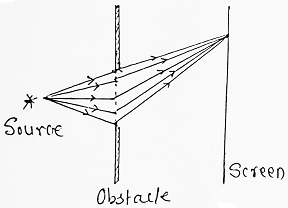 | 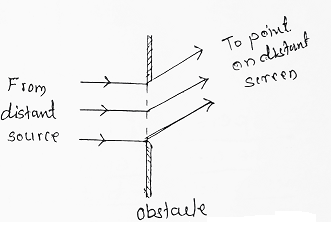 |
| Incident and diffracted rays are not parallel. | Incident and diffracted rays are parallel. |
| The wavefronts are spherical or cylindrical. | The wavefronts are plane. |
| Lenses are not required to study this diffraction. | Biconvex lenses are required to study this diffraction. |
| The initial phase of secondary wavelets is different at different points in the plane of the aperture. | The initial phase of secondary wavelets is same at all points in the plane of the aperture. |
| It is not so important in optical instruments. | It is very important in optical instruments. |
The condition of Fraunhofer’s Diffraction can be established in laboratories using a lens system as shown in the figure below.
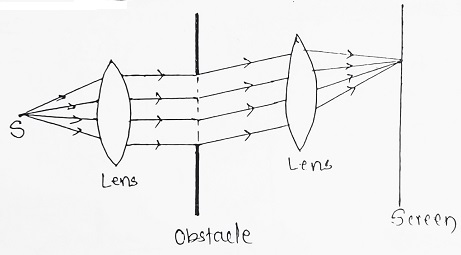



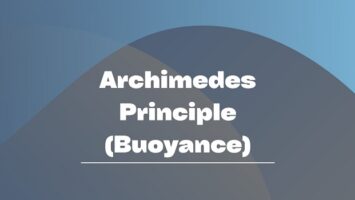
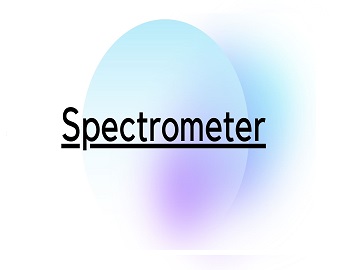
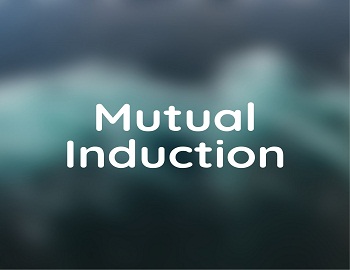
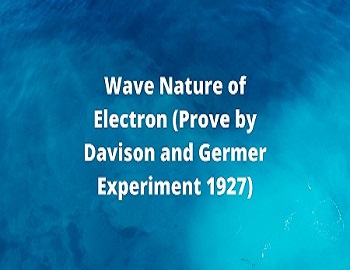


Comments (No)